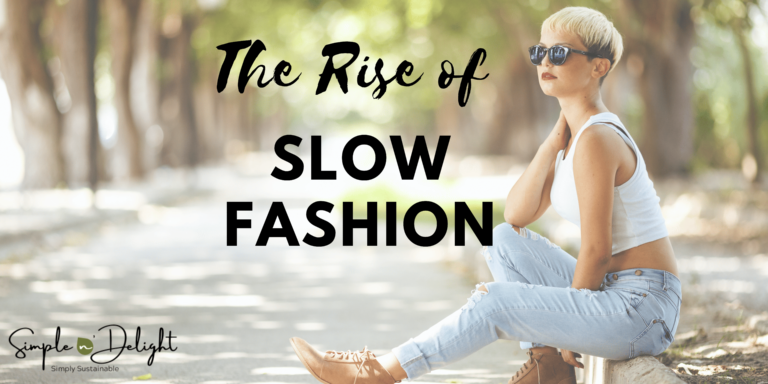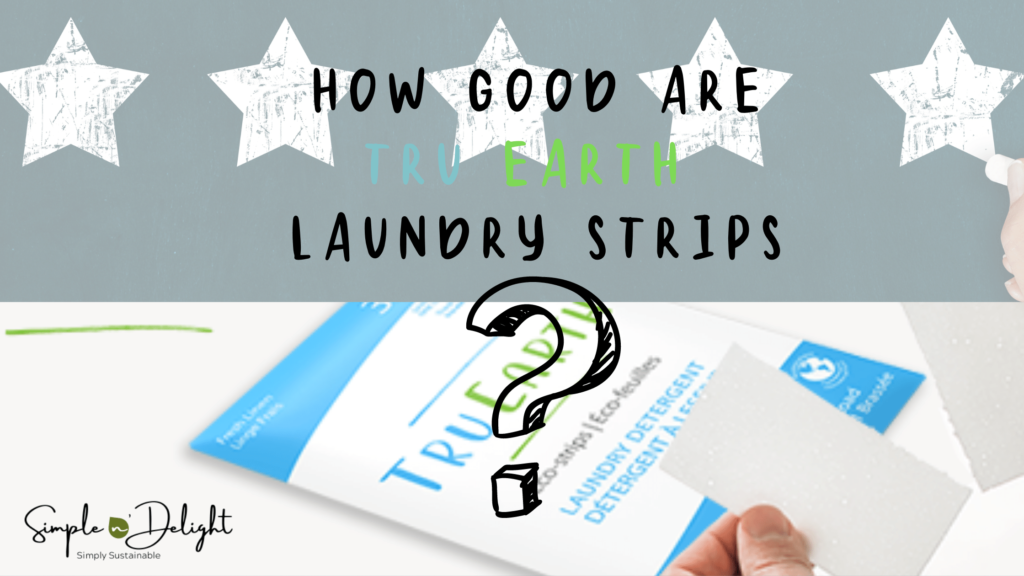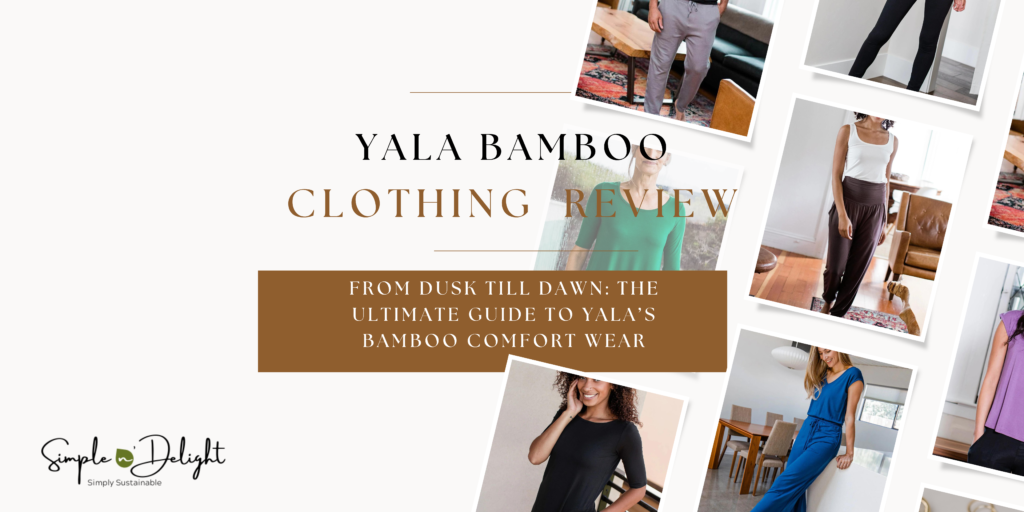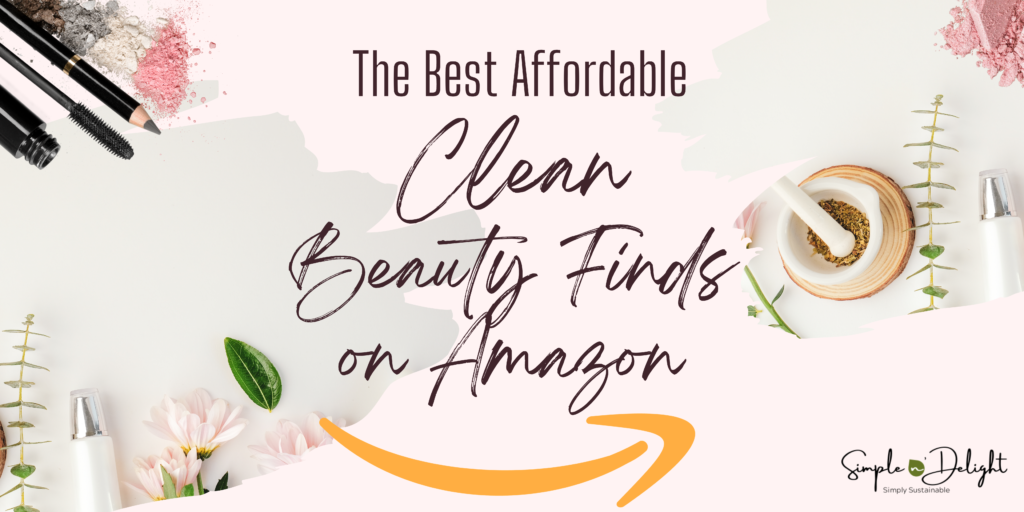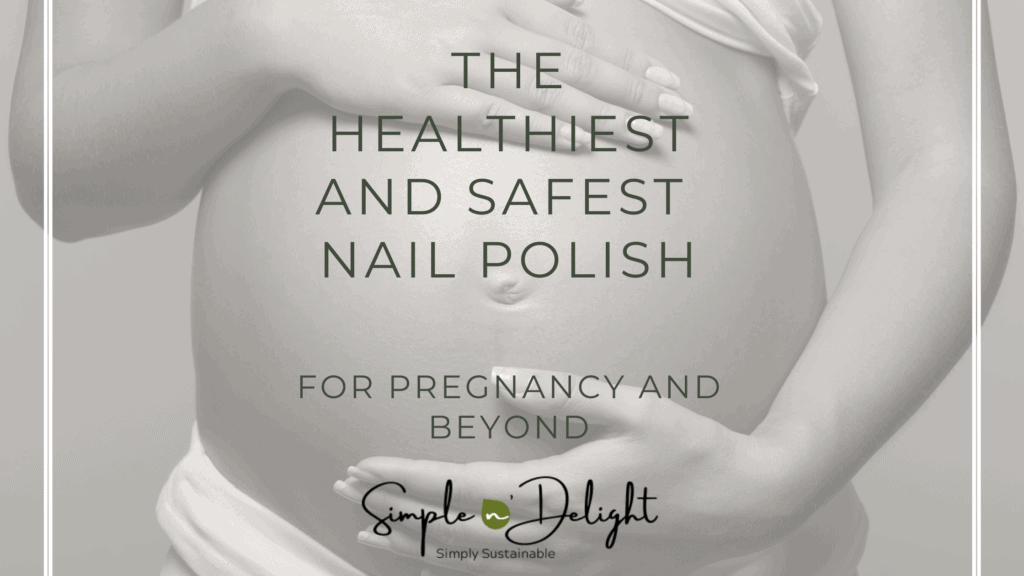Simple n’ Delight is reader-supported. Some of the links on our site are affiliate links, meaning we may earn an affiliate commission at no cost to you.
In a world of fast fashion and constant trends, a new movement is taking over the fashion industry. Slow fashion, with its emphasis on quality and sustainability, is reshaping the way we think about style.
Gone are the days of disposable clothing and fleeting trends; today, consumers are seeking timeless pieces that are made to last. This shift in mindset is not only better for the environment but also for our wallets. By investing in high-quality garments that are ethically produced, we can create a wardrobe that withstands the test of time, both in terms of style and durability.
The rise of slow fashion is a response to the throwaway culture that has dominated the industry for far too long. It is a call to embrace a more mindful approach to fashion, where every purchase is a conscious choice towards a more sustainable and stylish future. Join the movement and discover the beauty of slow fashion, where quality and sustainability are the new fashion trends.
The problems with fast fashion
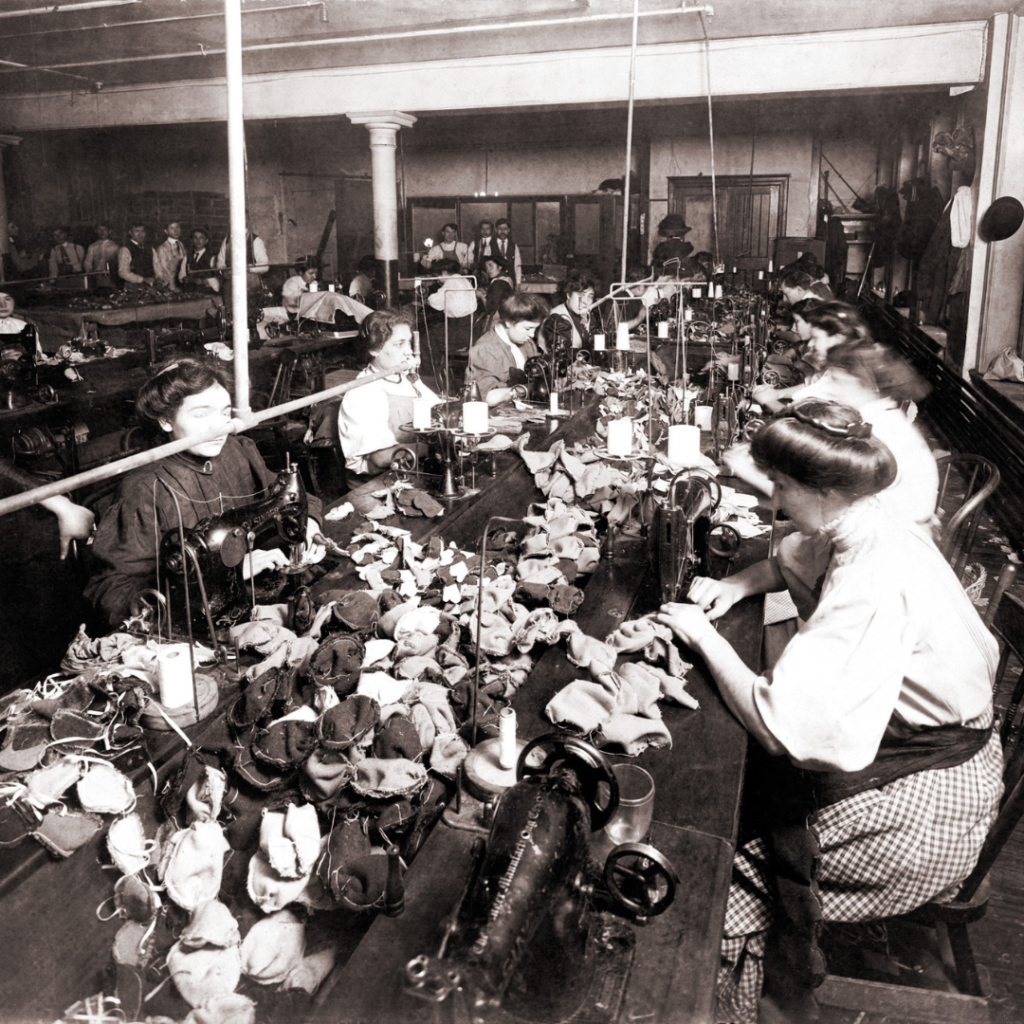
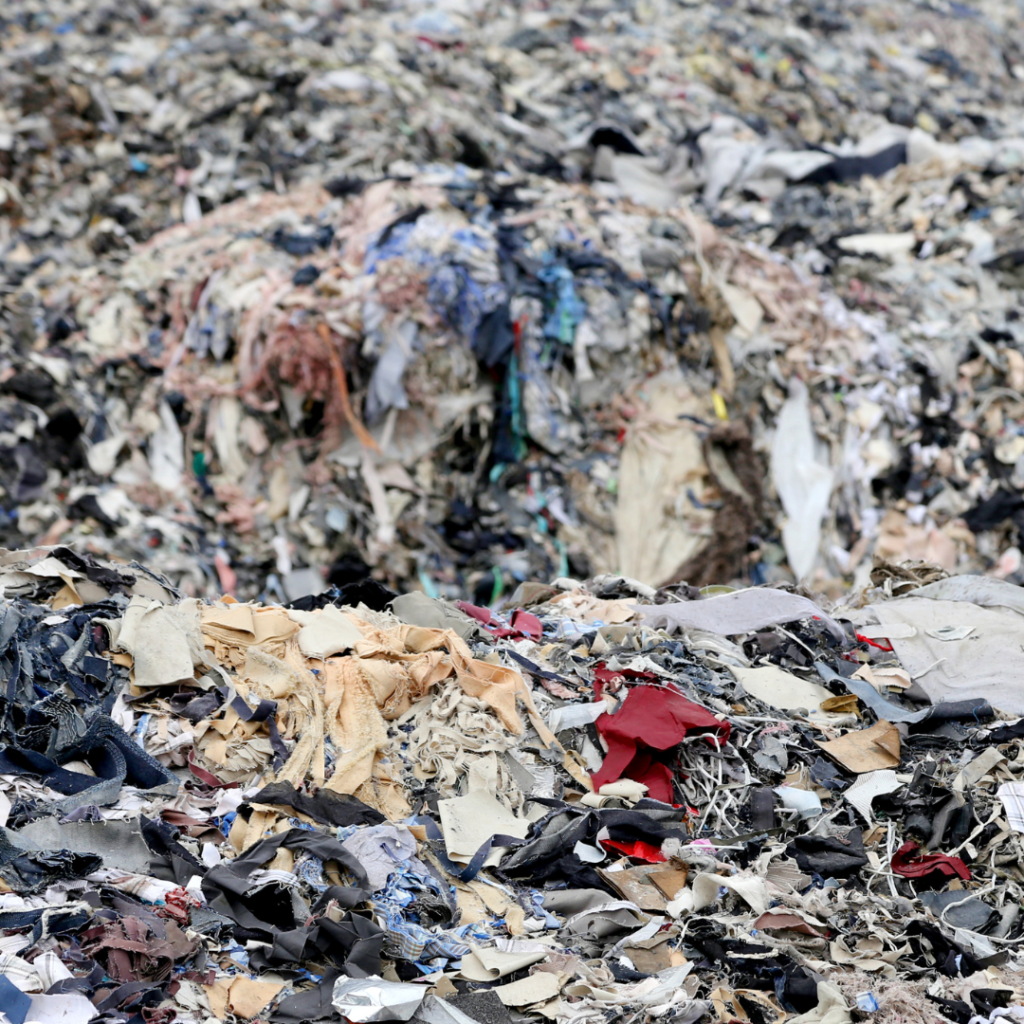
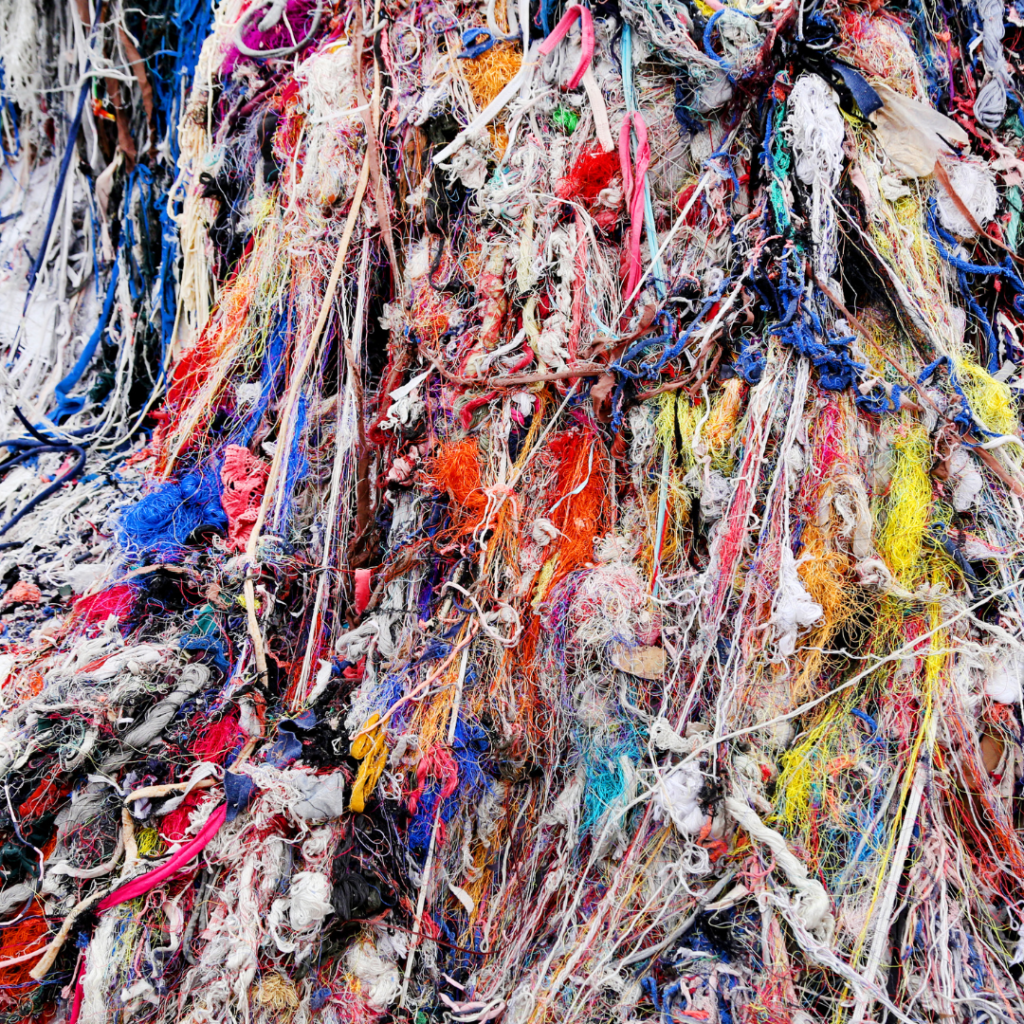
Fast fashion has been the dominant force in the fashion industry for decades. It is characterized by cheap, mass-produced clothing that is quickly churned out to follow the latest trends. This model relies on low-quality materials and exploitative labor practices, resulting in garments that are not built to last.
One of the major problems with fast fashion is its impact on the environment. The production of cheap clothing leads to excessive waste and pollution. From the extraction of raw materials to the disposal of unwanted garments, the fast fashion industry contributes to greenhouse gas emissions, water pollution, and the depletion of natural resources.
Another issue with fast fashion is the social injustice it perpetuates. Many fast fashion brands outsource their production to low-wage countries, where workers endure poor working conditions and unfair wages. This exploitation of labor is not only morally wrong but also perpetuates a cycle of poverty and inequality.
The rise of sustainability in the fashion industry



Thankfully, there has been a growing awareness of the negative impacts of fast fashion, leading to a rise in sustainable fashion practices. Sustainable fashion encompasses a range of initiatives, including reducing waste, using eco-friendly materials, and promoting fair labor practices.
Consumers are becoming more conscious of the environmental and social implications of their fashion choices. They are demanding transparency from brands and seeking out sustainable alternatives. This shift in consumer behavior has forced the fashion industry to take notice and make changes.
The benefits of slow fashion



Slow fashion offers a refreshing alternative to the fast fashion mindset. It promotes the idea that fashion should be about quality, not quantity. Slow fashion garments are made to last, using high-quality materials and craftsmanship. This means that they not only look better but also have a longer lifespan.
Investing in slow fashion pieces may initially come with a higher price tag, but it pays off in the long run. High-quality garments are more durable and require less frequent replacement, saving you money in the long term. Additionally, slow fashion encourages a more thoughtful approach to shopping, helping you avoid impulse purchases and build a wardrobe that truly reflects your personal style.
Slow fashion brands and their impact



Slow fashion brands are at the forefront of the movement, leading by example and challenging the status quo. They prioritize sustainability and ethical practices in every aspect of their business, from sourcing materials to manufacturing and distribution. Some of the best clothing brands that we have come across are ones that prioritize the health and well-being of the planet as well as that of their workers and communities they affect. Brands that we recognize and support include but are not limited to YALA, Svala, Organic Garments, and Hope Sews.
These brands often prioritize fair trade, ensuring that workers receive fair wages and are provided with safe working conditions. They also strive to use sustainable materials, such as organic cotton, TENCEL, recycled fabrics, and natural dyes. By supporting slow fashion brands, consumers can contribute to a more ethical and sustainable fashion industry.
How to embrace slow fashion in your wardrobe
Embracing slow fashion is all about making conscious choices and reevaluating your shopping habits. Here are some tips to help you transition to a slower, more sustainable wardrobe:
1. **Invest in quality**: Instead of buying multiple cheap items, focus on investing in high-quality pieces that will last longer.
2. **Choose timeless styles**: Opt for classic, versatile pieces that won’t go out of style, allowing you to wear them for years to come.
3. **Shop secondhand**: Explore thrift stores, consignment shops, and online marketplaces for unique, pre-loved items.
4. **Support sustainable brands**: Research and choose brands that prioritize sustainability and ethical practices.
5. **Take care of your clothes**: Extend the lifespan of your garments by following proper care instructions, repairing when necessary, and donating or recycling unwanted items.

Tips for shopping sustainably
Shopping sustainably goes beyond just slow fashion. Here are some additional tips to help you make more conscious fashion choices:
1. **Consider the full lifecycle**: Look for brands that prioritize sustainability throughout their entire supply chain, from sourcing to disposal.
2. **Choose natural and eco-friendly materials**: Opt for fabrics like organic cotton, hemp, linen, and recycled materials.
3. **Avoid excessive packaging**: Look for brands that use minimal or recyclable packaging to reduce waste.
4. **Ask questions**: Reach out to brands and ask about their sustainability practices and certifications.
5. **Support local artisans**: Seek out local designers and artisans who create unique, handmade pieces with a focus on sustainability.
The future of slow fashion

As more consumers embrace slow fashion and demand sustainable alternatives, the future of the fashion industry is shifting. Major fashion brands are starting to integrate sustainable practices into their business models, and new sustainable brands are emerging.
Technological advancements are also playing a role in the future of slow fashion. From fabric innovations to supply chain transparency, technology is enabling a more sustainable and efficient fashion industry.
Slow fashion influencers and advocates
Slow fashion influencers such as Sustainably Chic, Good on You, and Conscious Fashion Collective advocates play a crucial role in spreading awareness and inspiring others to embrace a more sustainable approach to fashion. These individuals use their platforms to educate their followers about the environmental and social impacts of fast fashion, and showcase sustainable alternatives.
By following slow fashion influencers and advocates, you can gain valuable insights, discover sustainable brands, and find inspiration for building a more conscious wardrobe.
Conclusion: Embracing quality and sustainability in fashion
The rise of slow fashion represents a shift in mindset within the fashion industry and among consumers. It is a call to embrace quality and sustainability as the new fashion trends. By investing in high-quality, sustainably produced garments, we can create a wardrobe that not only looks good but also aligns with our values.
Embracing slow fashion is not just a personal choice; it is a collective effort to create a more ethical and sustainable fashion industry. Together, we can make a difference and shape a future where quality and sustainability are the foundations of fashion. So let’s join the movement and make a conscious choice towards a more stylish and sustainable future.

